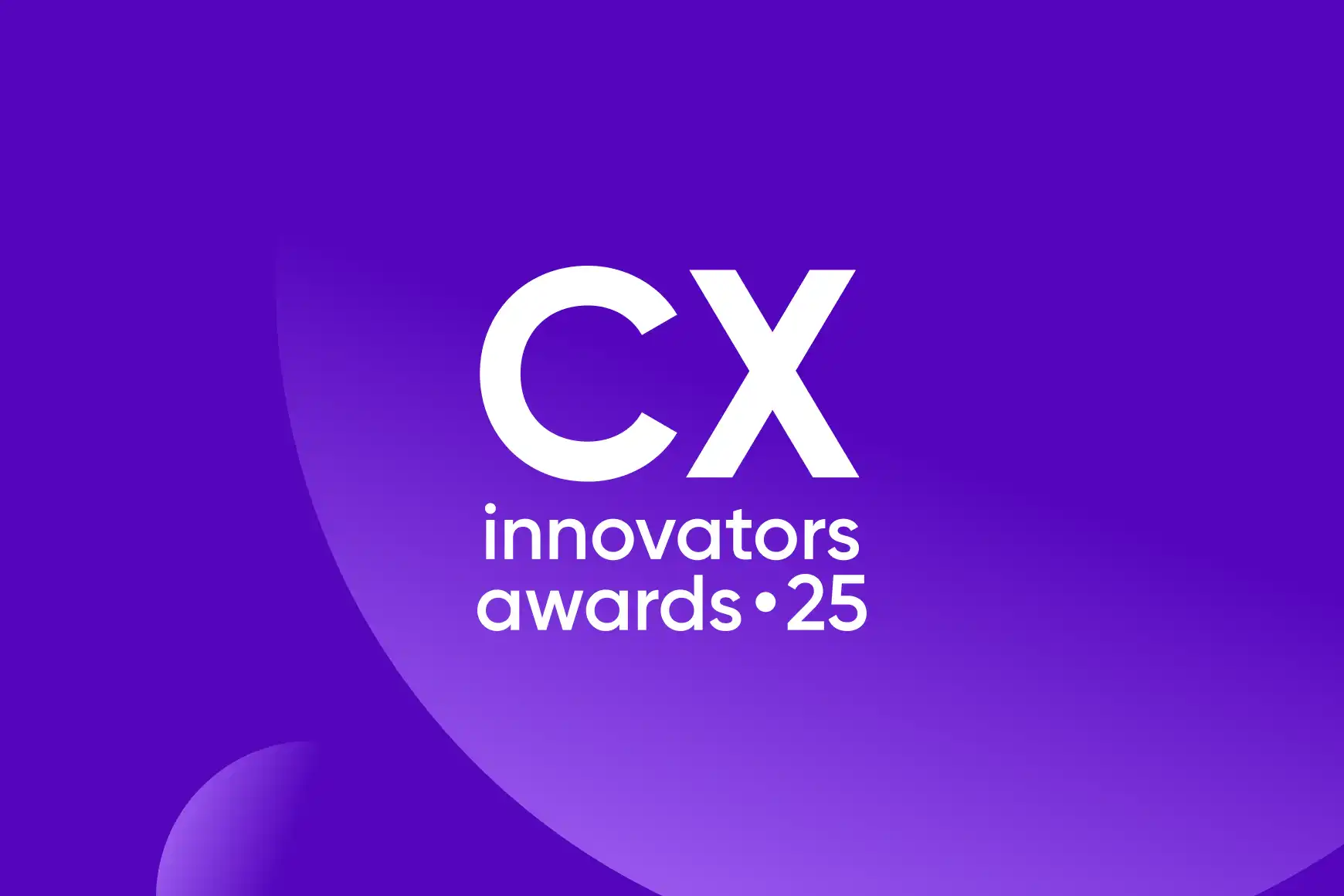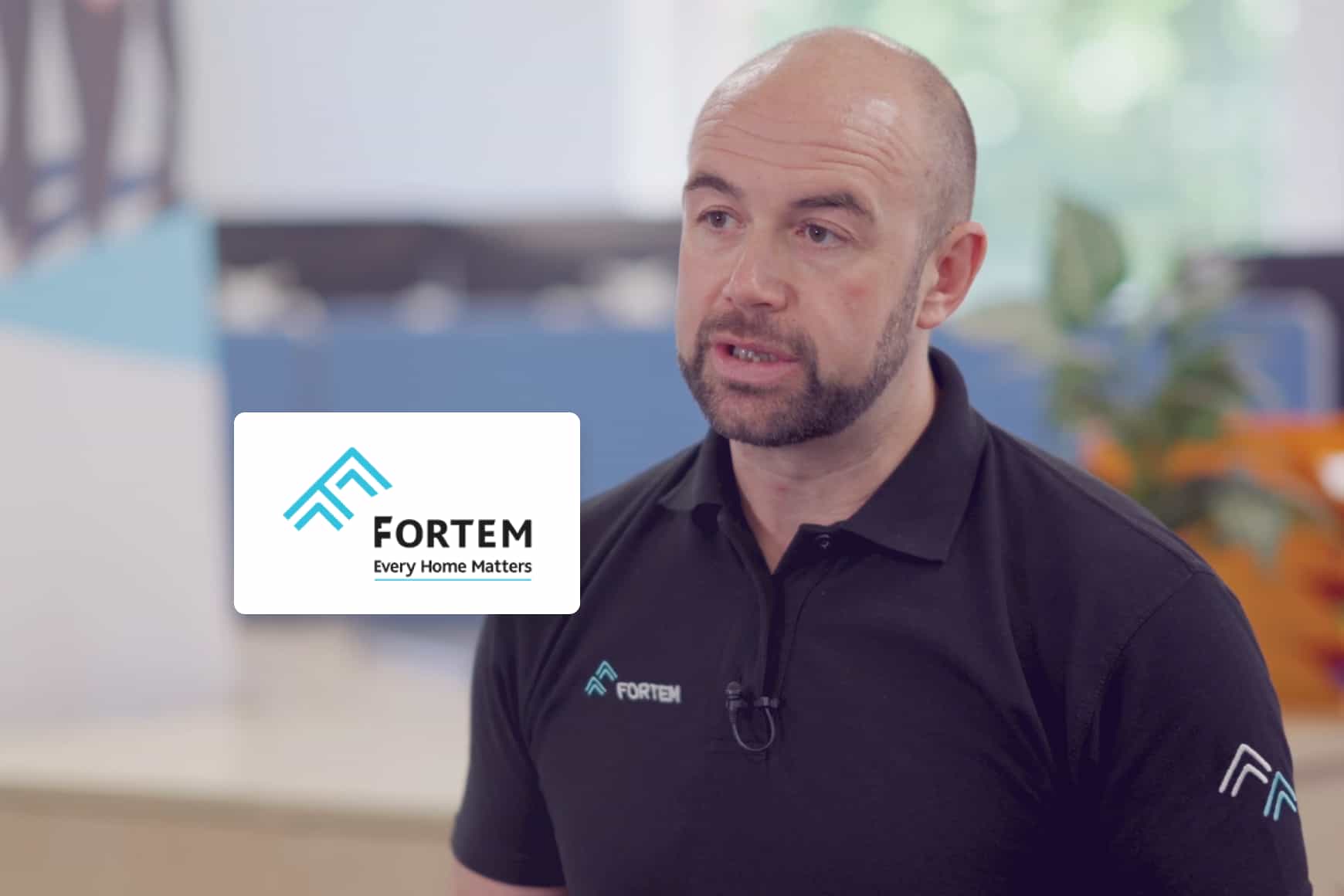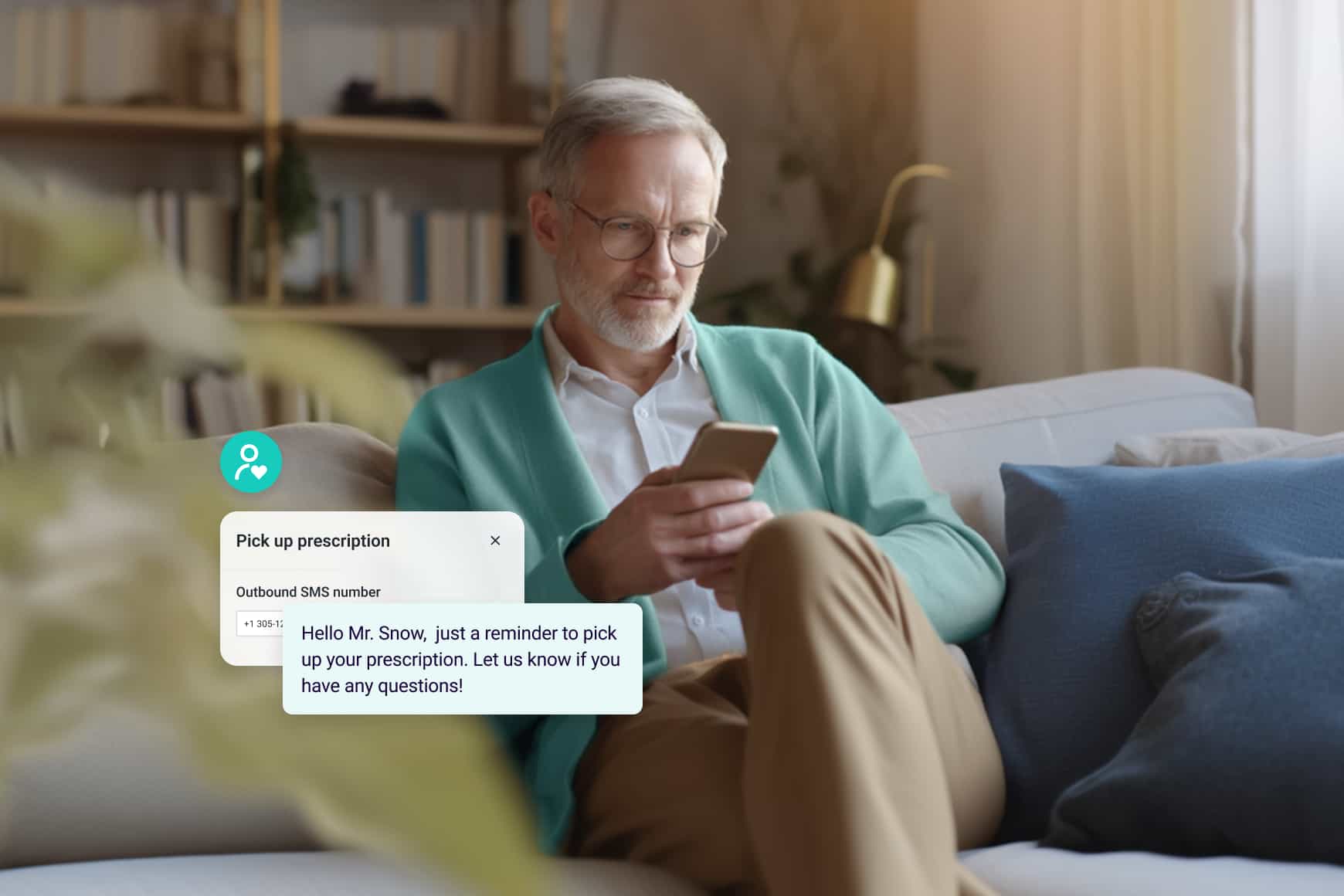Why modernizing customer experience is really about people

By Carlo Bileci Jr.
0 min read
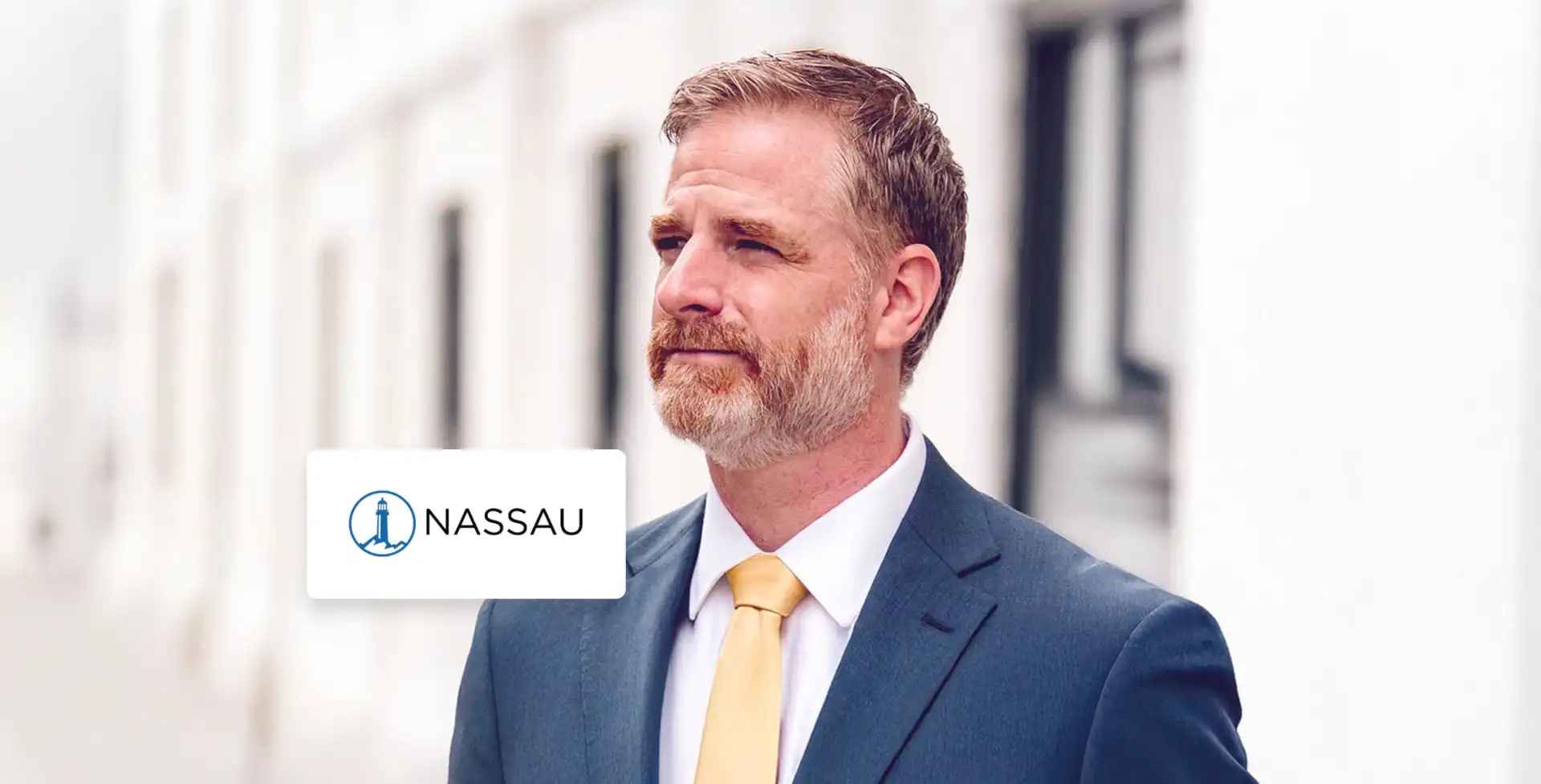
In this special guest post, Carlo Bileci Jr. from Nassau Financial Group shares his experience, highlighting the journey from outdated systems to a people-first customer experience.
When modernizing customer experience, the focus often jumps straight to technology: platforms, automation, and artificial intelligence. These are important, but at Nassau Financial Group, we’ve learned that modernization is really about people.
For our customers, this means simplifying every interaction when they reach out with questions about their policies or their retirement. It’s also about giving our agents, who have been with Nassau for 10, 20, and even 30 years, the support they need to handle those conversations with empathy and efficiency.
Technology has been critical to our journey. But the real story is how it has empowered the people on both sides of every interaction.
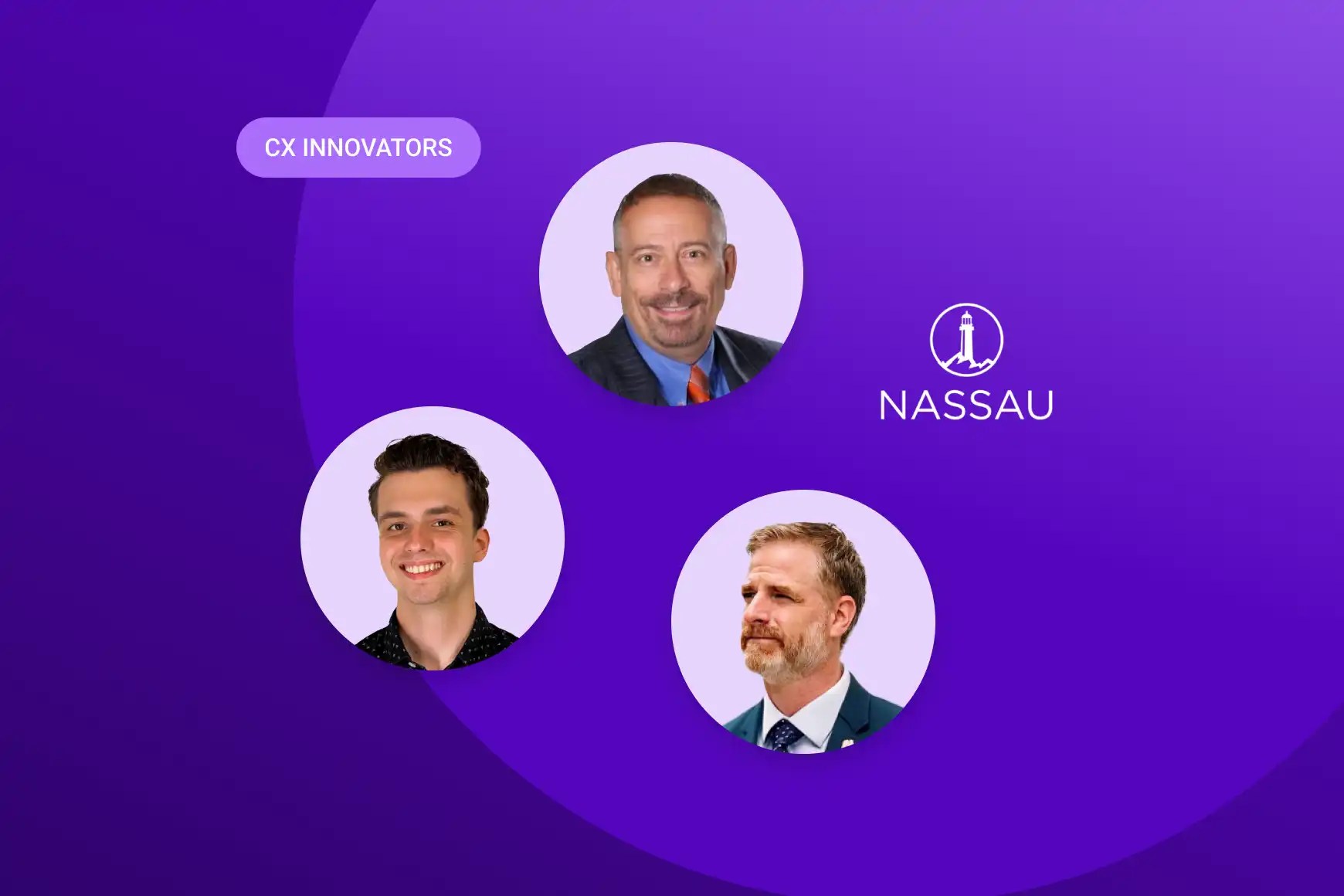
ON-DEMAND WEBINAR
CX Innovators: Wins from Nassau Financial Group
Get actionable insights from CX leaders who are shaping the future of customer engagement.
Why we needed to change.
Nassau is a growth-focused financial services company. We specialize in insurance and annuity products that help people confidently prepare for and enjoy retirement. We manage nearly $25 billion in assets and handle over 365,000 policies.
Our mission is to deliver value through simplicity, transparency, and service. But our contact center wasn’t keeping up with that promise. For more than a decade, we had been using a bare-bones IVR system that was rarely updated. Customers couldn’t key in their policy number. Calls weren’t routed to the right person the first time. Agents had little to no information about who was calling until they picked up the phone.
Additionally, with more than ten different administrative systems and over thirty databases where a policy might be stored, every call began with unnecessary friction. Customers had to go through longer calls and more transfers, and agents had to toggle between systems, guessing where to look or relying on sticky notes and memory to piece things together.
In financial services, people don’t call because they want to chat. They call because something important is on their mind, and a complicated or clunky process isn’t acceptable. We needed a modern, omnichannel platform that could handle the complexity of our products while making the experience feel simple and human.
Building a modern foundation.
Our modernization journey didn’t start with buying technology but defining the vision. We held workshops that brought together executives, contact center leaders, business managers, and call representatives to define what the customer and agent experience should look like.
Those sessions produced detailed requirements and priorities that set the direction. With that foundation in place, we partnered with Talkdesk to implement a platform that could deliver on the vision.
The implementation itself was fast. After the workshops, it took just five months to go live in December 2023. Since then, we’ve worked in agile sprints, releasing new improvements once or twice a month. That pace is very different from how we used to operate. Today, continuous improvement is part of our rhythm.
What changed for our customers?
The first thing customers noticed was smoother interactions. With Talkdesk, callers enter their policy number and are routed directly to the right agent. That single improvement reduced transfers by 4.5% in the first phase, and by another 1% after additional optimization.
That matters because customers no longer have to repeat their issue or wait while an agent figures out where to send them. They’re connected to the right agent the first time, who already knows their policy details when they receive the call.
We quickly saw measurable change across key metrics. The average handle time dropped by 15% almost immediately after the transition, and that improvement has remained steady. The average speed of answer improved from four and a half minutes to one and a half minutes without adding more agents.
Our Trustpilot score has remained at 4.9 out of 5, and new product rollouts that once took months to configure now take only weeks. Customers may not see the technology powering those changes, but they feel the difference in every faster, smoother interaction.
What changed for our agents?
Before modernization, agents often answered calls without any context. With dozens of products spread across more than ten systems, every call meant navigating uncertainty and frustration. Now, when a call arrives, agents see the customer’s policy and the system to which it belongs, helping agents know what the customer is likely calling about and their mindset.
With that information at their fingertips, agents can go straight to the right system and start helping. There’s less toggling between applications, less discovery at the beginning of the call, and fewer repeated questions. The work feels smoother and more purposeful.
Another remarkable thing about Nassau is the tenure of our agents. Many have been here for decades, and in an industry known for high attrition, that stability is rare. Modernization didn’t disrupt that. If anything, it validated their expertise and reinforced their importance. Rather than adding pressure, the new platform has made their work easier and more efficient.
A platform that adapts to dynamic needs.
Another benefit of modernization is flexibility. Talkdesk isn’t rigid. It adapts to our requirements, which has allowed us to design workflows that meet business requirements.
For example, we’ve built call history into a single custom card. Previously, agents had to log calls in one of four different systems depending on the policy. Now, they use one card with standardized fields, and our data warehouse can report on it consistently. That’s better for agents, management, and customers who benefit from fewer errors and faster resolutions.
Routing has also become more intelligent. Each “elite sales agent” has an assigned call center representative. If they are available, the call goes straight to them without any transfers or delays.
From a technical perspective, we’ve used Talkdesk Studio flow and modular components to simplify what was once complicated call logic. Instead of managing business hours, holidays, and multiple lines of business separately, they’re all handled through parameterized modules. That reduces maintenance, eliminates human error, and delivers more consistent experiences.
Looking ahead: Empowering people with AI.
The foundation we’ve built is strong, but modernization is not finished. The next stage of our journey is using AI, and just like the steps we’ve already taken, it will be about supporting people. We’ve been evaluating agent assist features (copilot), where AI listens to the call in real time and suggests relevant forms, links, or next steps. That means agents don’t have to search for information while on the phone, and customers get quicker responses.
We’re also looking at AI to improve our call tracking. With so many products and systems, it’s important to understand exactly why customers are reaching out. That insight will help us expand self-service options, making it easier for customers to handle specific tasks themselves.
AI won’t replace expertise or empathy. It will simply give them more support so they can focus on listening and helping. That’s how we see it—a continuation of our people-first approach to customer experience.
For us, modernization has never been about replacing people with systems. It has been about giving customers and agents the tools and experiences they deserve. That’s why I believe customer experience will always come down to one thing: people.

CUSTOMER STORIES
Nassau: Elevating customer experience with Talkdesk.
Talkdesk Financial Services Experience Cloud enables Nassau to expand into new communication channels and self-service options, ensuring CX teams can meet evolving customer preferences while maintaining their commitment to personalized service.

